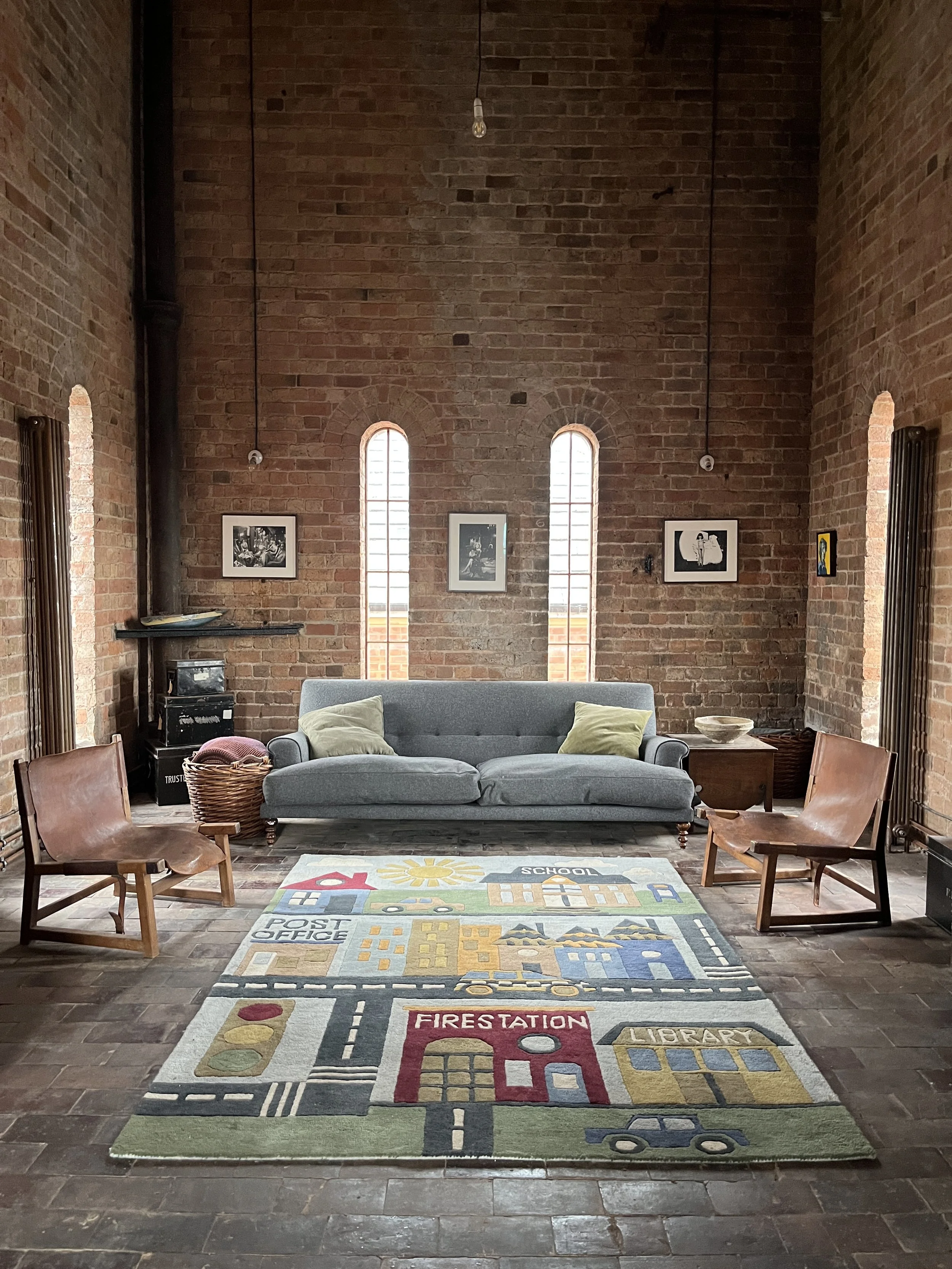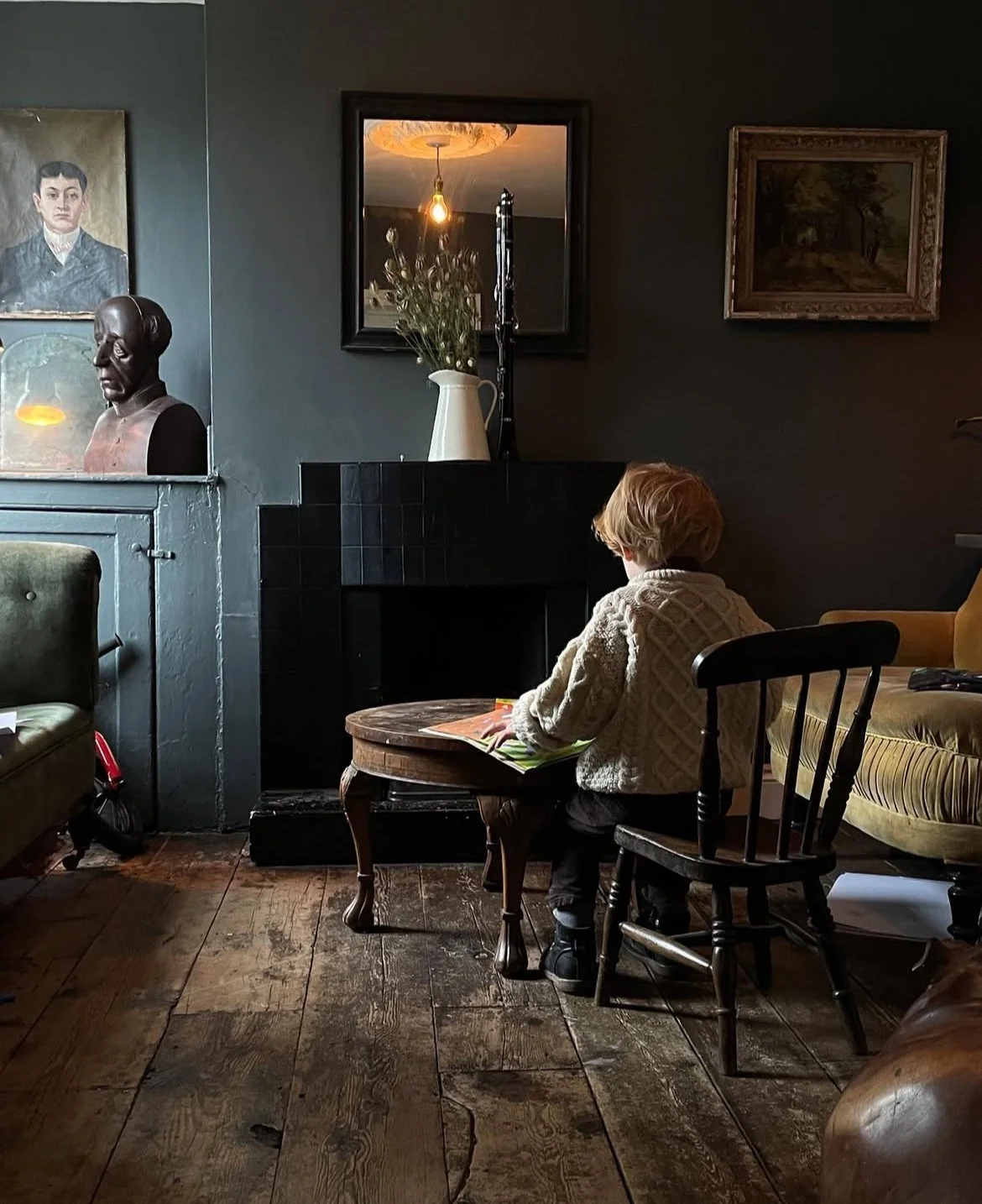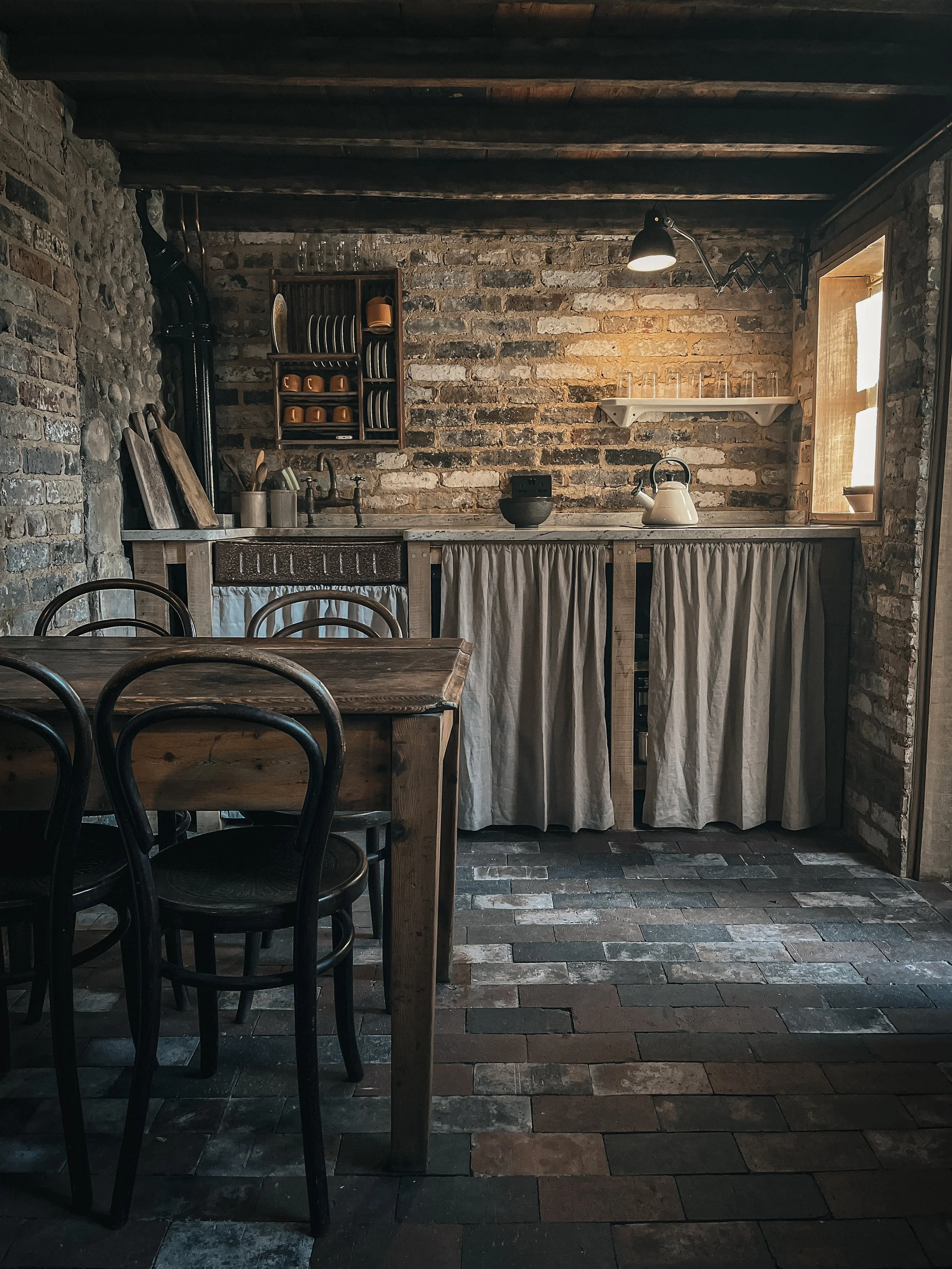Re:Pair
An act of stewardship.
The Water Tower
A late nineteenth-century structure once built to serve a nearby hospital, it stood derelict for decades before being taken on in 2018.
The Servants Cottage
A seventeenth century servants cottage in Highgate, later altered and over refurbished, it was quietly pared back through careful removal and repair to recover its original texture and calm.
The Wash House
A full restoration of a 19th century wash house.
The Vineyard
Re-imagining an abandoned storage at the end of an 18th century wine making facility.



